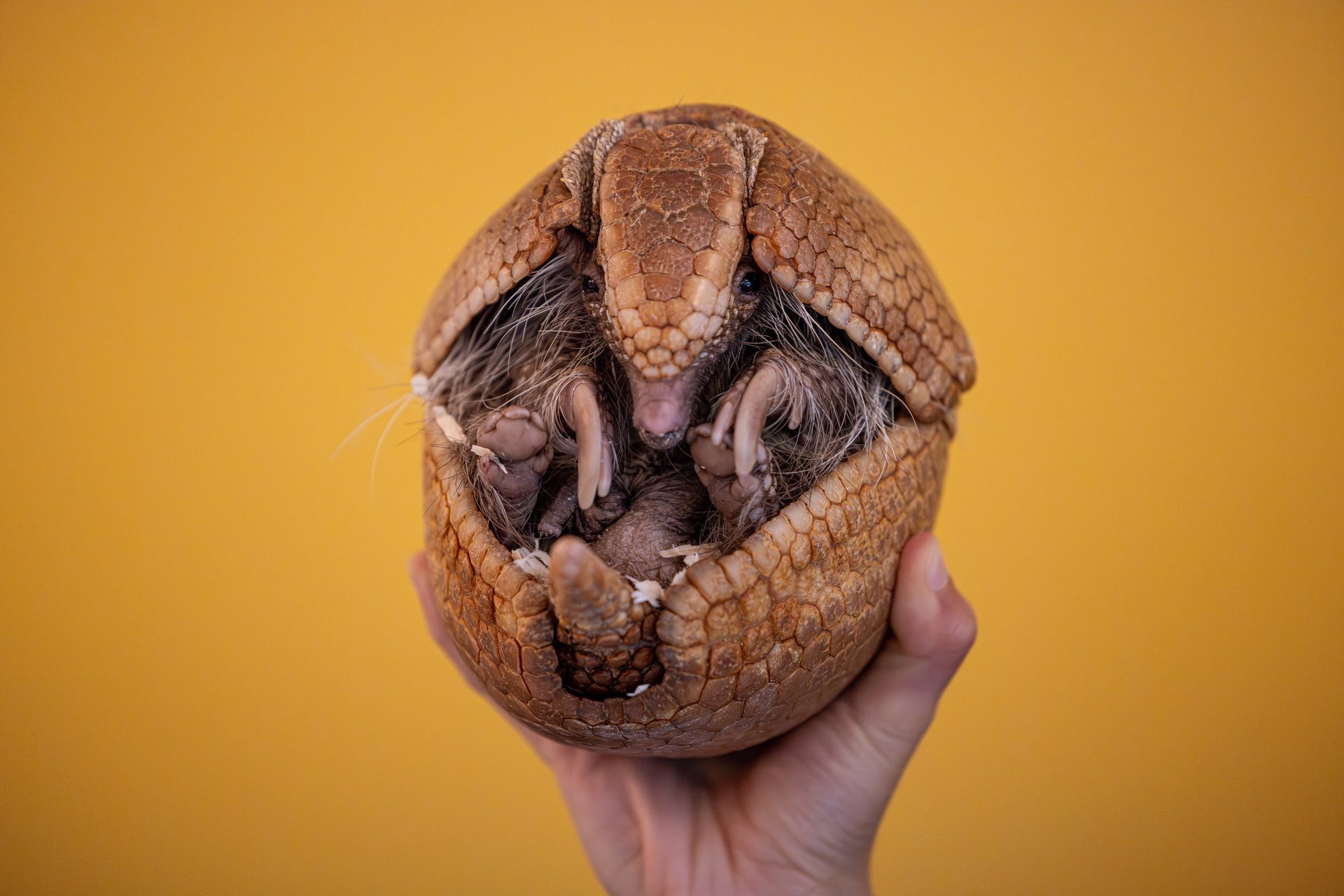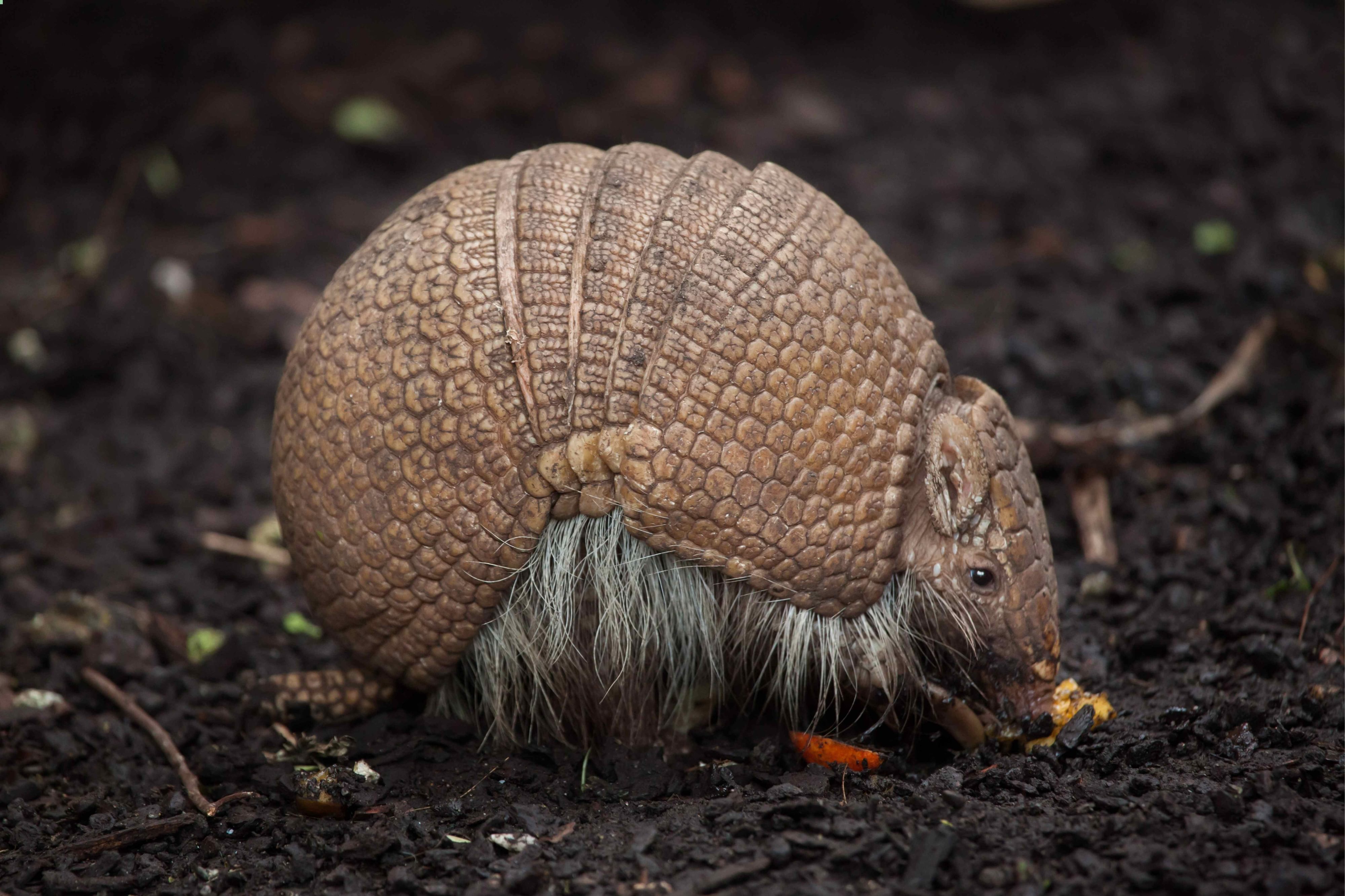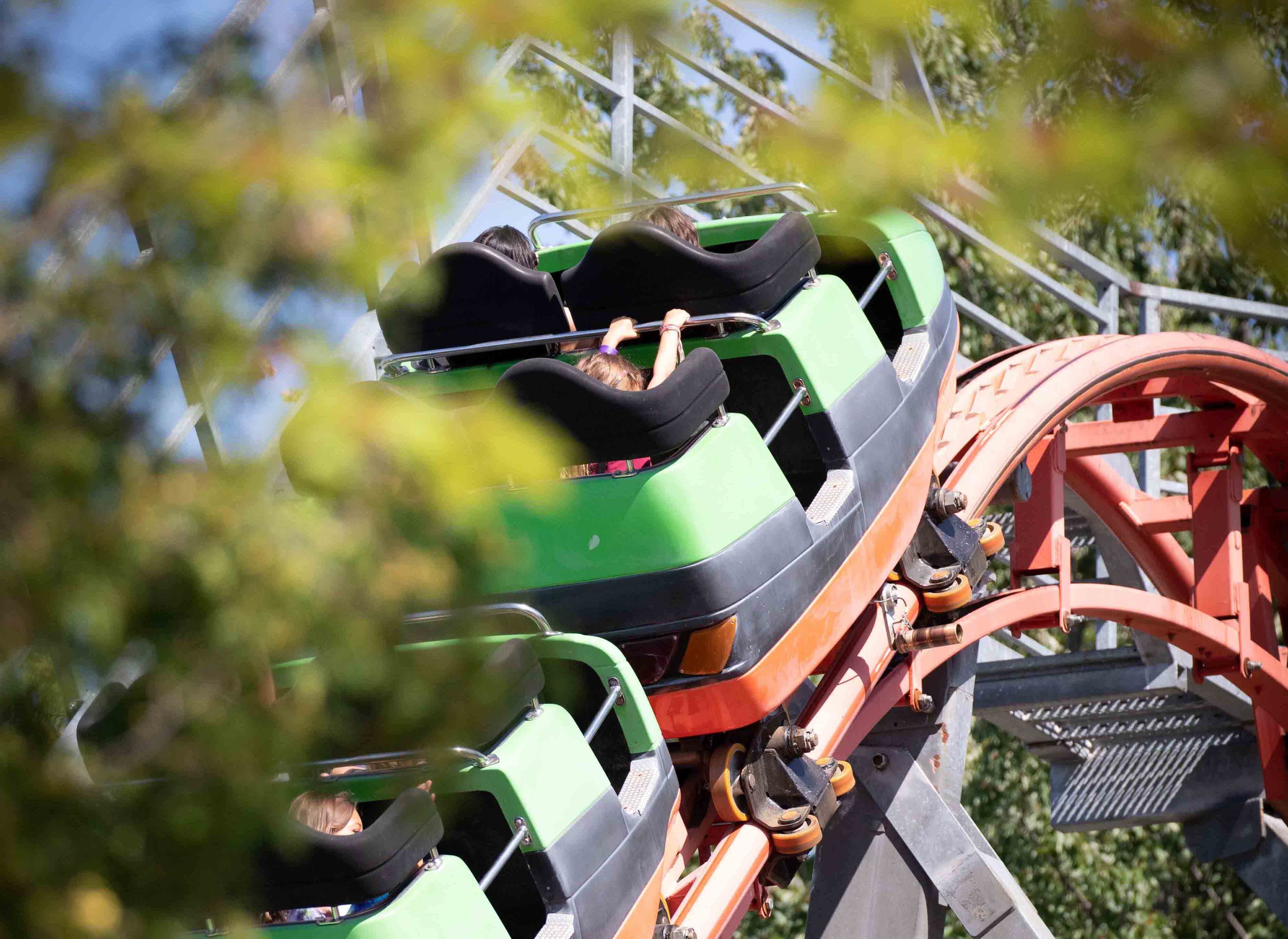
Three-banded Armadillo
Three-banded Armadillo
Distribution
East of the Andes
Diet
Insectivore
Habitat
Varied environments
Latin Name
Tolypeutes matacus
IUCN conservation status
A true little walking shield that won’t let anything or anyone break it down!
Interesting informations






